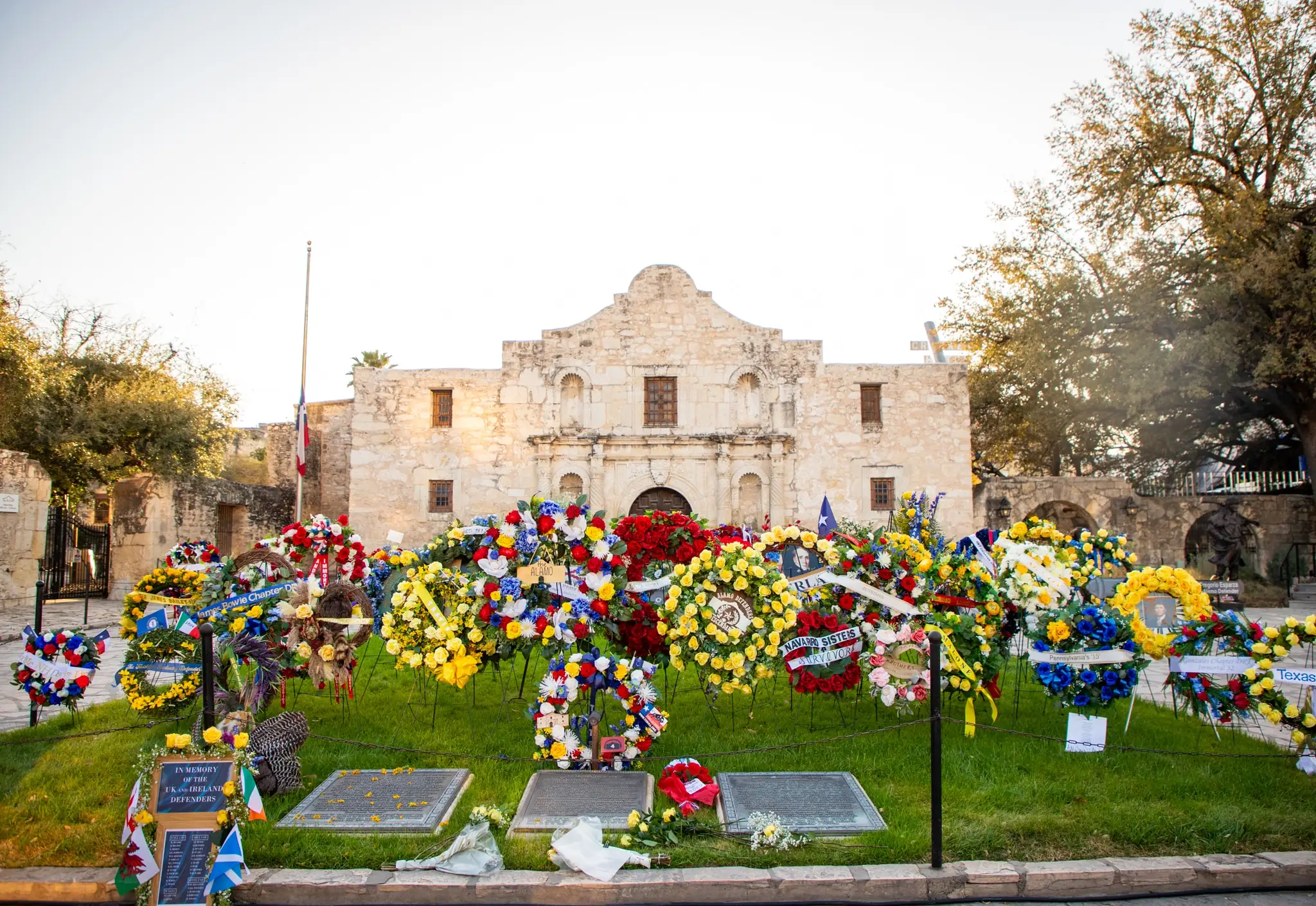Texas holds a singular place in American military history, with sites that span from its days as a rebellious Mexican province to its modern role as a key contributor to U.S. military strength. These locations serve as educational touchstones and places of reflection, connecting today’s visitors with the people and events that shaped the state and the nation.
Iconic Battlefields of the Texas Revolution
No period looms larger in Texas memory than the 1835–1836 struggle for independence from Mexico. Three primary sites are central to that story:
The Alamo in San Antonio remains the most recognizable. The 1836 siege and massacre turned a lost battle into a rallying cry for the Republic. Today, visitors can tour the preserved chapel and barracks, explore historical exhibits, and stand in the courtyard where history turned tragic.
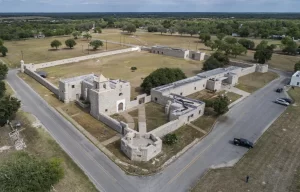
Presidio La Bahía in Goliad, where James Fannin and his men were executed after surrendering to General Santa Anna, is another key landmark. The Spanish colonial fortress remains intact and operates as both a museum and a memorial to the Goliad Massacre. Annual reenactments and quiet plaques make the site a place of both education and mourning.
San Jacinto Battlefield, just outside Houston, marks the final and decisive victory of the revolution. The 567-foot San Jacinto Monument towers above the battlefield and contains a museum dedicated to the Revolution and early Republic. Trails, wetlands, and historical signage provide an immersive experience.
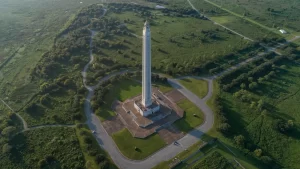
Frontier Forts and the Indian Wars
Throughout the mid-19th century, the U.S. Army and Texas Rangers engaged in repeated clashes with the Comanche, who fiercely resisted encroachment onto their ancestral lands. Some of the most significant encounters occurred in the Texas Hill Country and the Llano Estacado, where Comanche warriors used their superior mobility to launch raids and evade pursuit.
The 1858 Battle of Little Robe Creek, fought in present-day Oklahoma but involving Texas forces, marked a rare offensive deep into Comancheria. Other notable sites include the vicinity of the Battle of Plum Creek near Lockhart (1840), where Texan forces repelled a major Comanche raid, and Adobe Walls, a Panhandle trading post that saw skirmishes in both 1864 and 1874.
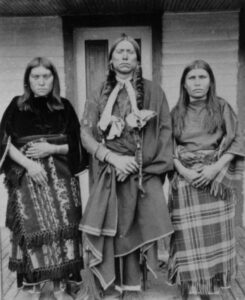
The U.S. Army also waged campaigns against the Kiowa and Apache tribes. Often commemorated in settler narratives, these conflicts resulted in the collapse of Indigenous sovereignty on the Southern Great Plains.
A series of frontier forts was constructed to project federal military power and protect settlers, many of which are now historic sites.
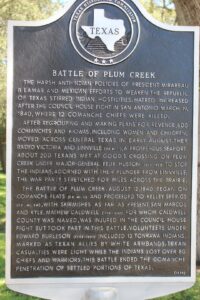
Fort Davis National Historic Site in West Texas preserves one of the best examples of a frontier military post. The fort housed units of the so-called “Buffalo Soldiers,” African American troops who served with distinction in harsh and isolated conditions.
Fort Richardson, near Jacksboro, served as a base for cavalry patrols during the Red River War (1874–75), part of the broader effort to remove Native tribes from the Southern Plains. Today, visitors can walk restored barracks and officers’ quarters and view interpretive exhibits.
The Texas Ranger Hall of Fame and Museum in Waco offers exhibits on the Rangers’ involvement in Indian campaigns and early law enforcement. While not a battlefield, it serves as a cultural memorial to a controversial but influential force in frontier history.
Civil War Battlefields and Monuments
Though Texas was distant from the main theaters of Civil War combat, it still witnessed action—and today preserves sites that recall both battles in Texas and Civil War service elsewhere.
- Palmito Ranch, near Brownsville, was the site of the war’s final land battle, fought weeks after General Lee’s surrender. The open, brushy landscape has minimal development but includes interpretive signage.
- Sabine Pass, on the Gulf Coast, saw a dramatic Confederate victory when a small force repelled a Union invasion. Visitors can see artillery remnants and a preserved section of Fort Griffin, part of the Sabine Pass Battleground State Historic Site.
After the war, the Treue der Union Monument, an imposing twenty-foot limestone obelisk was erected in Comfort, Texas, to honor German‑Texans who were killed for refusing Confederate loyalty oaths. Inscribed in German with the phrase “Loyalty to the Union,” it lists the names of the 34 to 68 men—mostly German immigrants—whose bodies were recovered and interred in a mass grave at the site. They had been attempting to cross to Mexico when they were attacked.
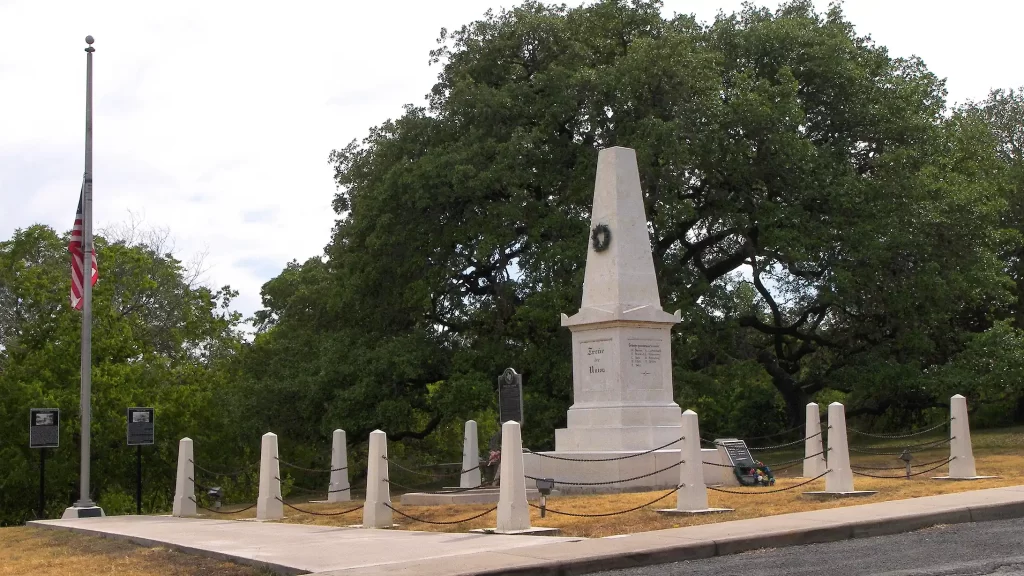
Not only is this the oldest Civil War monument in Texas, but it also stands as the only memorial to Union sympathizers erected by locals in former Confederate territory.
Across the state, Confederate memorials erected in the late 19th and early 20th centuries still dot courthouse lawns and cemeteries. Some have been moved or recontextualized in recent years. These monuments reflect shifting attitudes toward the Confederacy and collective memory.
Many monuments to Texan war dead were erected at battlefields in other states as well.
One lesser-known site is the Confederate Reunion Grounds State Historic Site near Mexia. Once the gathering place for thousands of Confederate veterans and their families, it now features historic structures, interpretive signs, and shaded trails along the Navasota River.
See also:
20th Century Military Memorials
Texas is home to numerous memorials honoring service in 20th-century wars. Many are located on courthouse grounds, at state parks, or in urban civic spaces.

On the Texas Capitol grounds in Austin, plaques and monuments recognize Texans who served in World War I, World War II, Korea, and Vietnam.
Galveston, Corpus Christi, and other port cities host naval and Merchant Marine memorials, often featuring ship models or maritime sculpture.
In Wichita Falls, the Call Field Memorial marks the site of a World War I military airfield, commemorating its role in the early development of American air power. Though the original structures are gone, a historical marker and nearby aviation museum preserve its legacy.
21st Century Military Memorials
Texas remains a key node in the current U.S. defense infrastructure. The state hosts several active-duty military bases, many of which include memorials or remembrance gardens.
At Fort Cavazos (formerly Fort Hood), memorials pay tribute to soldiers killed in Iraq and Afghanistan. These include landscaped plazas, bronze sculptures, and engraved walls dedicated to specific units and campaigns.
The Gold Star and Blue Star Memorial Highways program has also designated stretches of Texas roads in honor of military families. These grassroots efforts, often sponsored by local civic groups, place highway signs and plaques along travel routes to maintain public awareness of sacrifice.
Sheppard Air Force Base in Wichita Falls includes a memorial park honoring both U.S. and allied airmen trained there. The site highlights the base’s international training mission and long history of cooperation with NATO countries.
In El Paso, Concordia Cemetery features a dedicated section for veterans, including Buffalo Soldiers. The site blends Texas military history with broader African American history and contains some of the oldest military graves in the state.
Living Memory: Events and Education
Texans remember the military not just through fixed monuments, but through annual rituals and educational outreach. Memorial Day services, reenactments, and veterans’ parades are held statewide.
Local historical societies and the Texas Historical Commission support preservation efforts, school programming, and battlefield interpretation. Organizations such as the Sons of the Republic of Texas and Daughters of the American Revolution contribute to site maintenance and public awareness.
Public school students often tour major battlefields as part of Texas history curricula. Community volunteers continue to play a role in cataloging and maintaining local memorials.
At Camp Hearne, once a World War II prisoner-of-war camp, a small museum and outdoor exhibits now educate visitors on Texas’s role in wartime internment. Though often overlooked, it offers a rare view into the home-front dimensions of global war.
At Camp Mabry in Austin, the Texas Military Forces Museum preserves the history of Texas’s citizen-soldiers (the National Guard), with exhibits covering the state’s military contributions from the 1800s to the present. The museum honors the legacy of the Guard with exhibits on both wartime and peacetime service.
Remembering Through Place
Military memorials and battlefields do more than mark past conflicts. They ground abstract patriotism in geography. Whether standing beneath the limestone walls of the Alamo or walking the quiet trails at San Jacinto, visitors encounter not just the past, but the ongoing process of remembrance. These sites are not static; they evolve with our values, interpretations, and understanding of service. From national landmarks to quiet rural cemeteries, each site adds a thread to the fabric of Texas’s collective civic memory.
